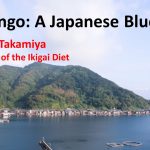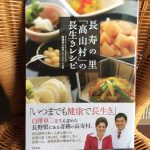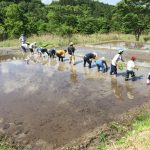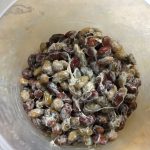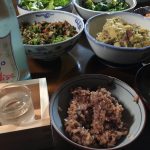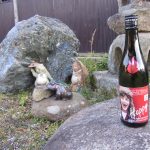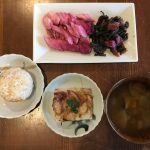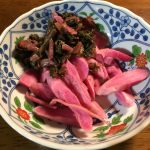local food
International Day of Happiness
In addition to being the spring equinox, it is the International Day of Happiness tomorrow. Last year I published the Japanese version of the Ikigai Diet, and celebrated it with our local sake called happy. It is Japanese sake and it was brewed locally in Hino Town by an Omi-Hino-merchant called Yao Brewery.
